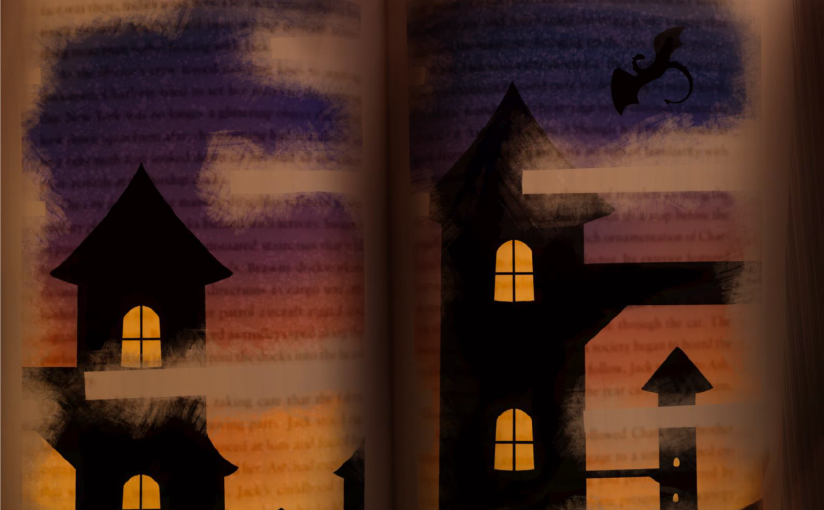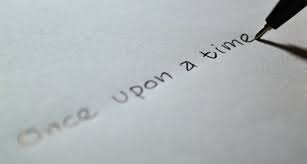Bio: Hello, my name is Erna Gashi. I am an American-European girl, 16 years of age, and I live on the East Coast of the United States. I am very passionate about culture, traveling, writing, and fitness. In my free time, when I am not writing, I enjoy being physically active through running and soccer. I write pieces that are reflective of aspects of life from other people’s points of view and of my own. I believe that writing is a means of expression by which one can truly express every ounce of emotion on paper. Writing gives me reason, thrill, and momentum. The best thing about writing to me is that no matter who is listening, or not listening, the page I write on will always listen to me. My dream is to one day write about my life, and feel accomplished in doing so, knowing that I have seized every opportunity and made a positive impact on the world. I firmly believe that my work evokes a sense of familiarity and connectivity to the readers. I hope that my work will inspire readers and continue to do so in the years to come.
Mentor’s note: “It was a real pleasure working with Erna on her poems: Night, Mother and Bread. She has a unique voice. Her language is striking and she weaves imagery and form with skill to create real emotional impact. Erna had a clear sense throughout of what she wanted to communicate with her writing and I think this translates into the clear focus of themes in her finished work. It was a privilege to engage with Erna on her poetry, I hope she found the opportunity to develop her work through our shared creative dialogue as helpful as I found it enjoyable.” – Jennie Owen
Night
Feelings liberated into the night sky
I now feel so
free.
Something about her tenebrous manner ignites a spark,
My quiet analysis ensues.
She is like a stippled painting when her artist is done,
creating an ethereal haven as my blanket.
I share her with City lights, emanating their hazy amber
as I gape at her dusky abyss with unfeigned admiration.
The endless obscurity leaves me sullen,
but evokes primeval feelings within me.
Sheltering me from facing pains of Day,
I now feel so free.
She is only but a temporary juncture,
an idealistic reality I could truly soar in.
with
the
scintillation
of
her
scarlet
stars
I now feel so free.
Mother
Her arms glean the gelid droplets,
and the dusty powder that blows.
And on them grows the answers to questions,
that come and go in life’s perennial cycles.
I sit under her grasp and I hold the credence,
that her empathetic nature will soothe me.
Thwarting the leery light of the outside,
so that from the world I may disguise
the primeval emotions I pour.
Her languid language conveys beauty,
the beauty I may learn to be,
when I learn to appreciate her shelter.
At periods of our convoluted bond,
Never have we neglected what we are,
and what we are, I would never compromise.
There are days where I do not come for her green shade,
nor do I come to her when I am feeling okay.
But when it storms and I cannot help but cry
it is guaranteed under her I will lie.
And I know that no matter what,
her roots will still dig deep
and her stance still permanent,
she will never leave me.
Bread
I came home that day, with one loaf of bread.
“Father, Father!” I shouted.
But you seemed to shake your head and turn the other way.
“Mother, Mother!” I shouted. “I have us a loaf of bread.”
But mother made me hide it.
You came closer and you grew angry
When you raised your arm
I did not wince. I was not frightened.
I saw the look in your eyes
the firelight burned right through them.
Mother was crying in the background, pleading for you to stop
I let you do what was senseless
because I knew that you were scared too.
But brother stood up and told you to stop
and brother said he knows how we can flee.
You let me go
you told me I could not hear this.
I took my loaf of bread that sat on the coarse rug,
and I gave it to mother.
Mother let sister eat it.
It was so cold, so I asked you
“Father, can I…?”
And before I could finish you said,
“Go to sleep. I promise…”
Somehow, the gentle whisper of your word
reassured my hopes of escape,
regardless of the hurt you gave me.
I quietly went under the rug for warmth
even though the earth below me was so cold
and I hugged sister tightly to ignore my pain.
I could not cry, or I would wake the guards outside.
I pretended to sleep, but I heard brother’s plan.
Tomorrow, I would not be scared of coming home.
When we get to that new place so far away
Maybe my belly will stop asking me for a loaf of bread.







You must be logged in to post a comment.